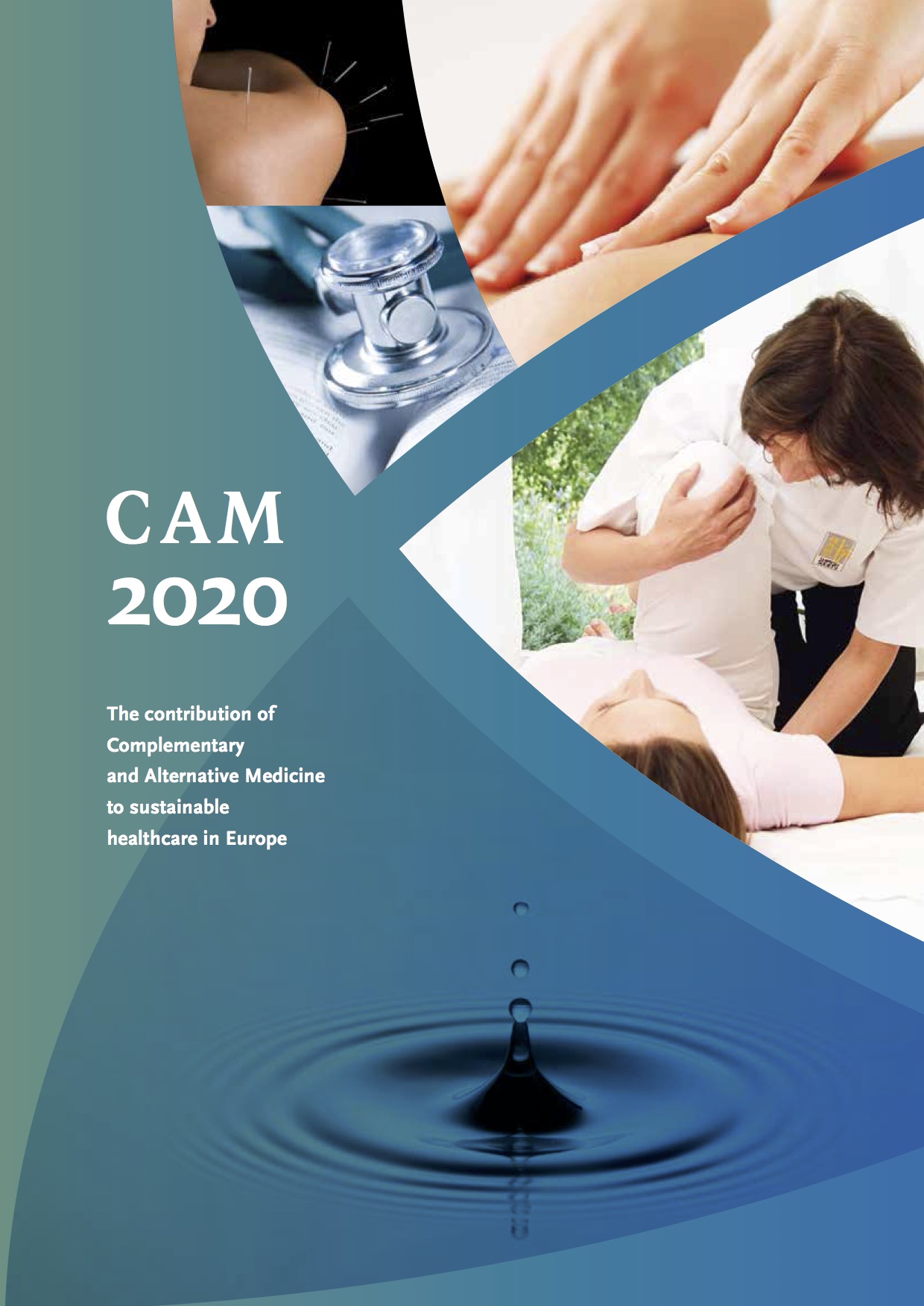Supranational CAM Policy Recommendations
Both the European Parliament and the Council of Europe advocate the official recognition of CAM. The Parliament, in its resolution of May 1997, called on the European Commission
a. ---to launch a process of recognizing non-conventional medicine and, to this end, to take the necessary steps to encourage the establishment of appropriate committees;
b. ---to carry out a thorough study into the safety, effectiveness, area of application and the complementary or alternative nature of all non-conventional medicines and to draw up a comparative study of the various national legal models to which non-conventional medical practitioners are subject;
c. ---to make, in formulating European legislation on non-conventional forms of medicine, a clear distinction between non-conventional medicines which are ‘complementary’ in nature and those which are ‘alternative’ medicines in the sense that they replace conventional medicine; and calls on the Council of Ministers after completion of the preliminary work referred to above (at b.) to encourage the development of research programmes in the field of non-conventional medicines covering the individual and holistic approach, the preventive role and the specific characteristics of the non-conventional medical disciplines; Parliament undertakes to do likewise.
In a similar vein, the Council of Europe in 1999 stated that “The demands of public health and
the right of individuals to health protection must come first. The limitations of non-conventional medicines must not be ignored nor underestimated.[…] Establishing a legal framework for non-conventional medicine is a difficult undertaking but it is preferable to being too liberal. […] The best guarantee for patients lies in a properly trained profession, which is aware of its limitations, has a system of ethics and self-regulation and is also subject to outside control. […] In the future alternative or complementary forms of medicine could be practised by doctors of conventional medicine as well as by any well trained practitioner of non-conventional medicine (a patient could consult one or the other, either upon referral by his or her family doctor or of his or her free will), should ethical principles prevail. Appropriate courses should be offered in universities to train allopathic doctors in alternative and complementary forms of treatment. The Assembly therefore calls on member states to promote official recognition of these forms of medicine in medical faculties and to encourage hospitals to use them.”
In 2003 WHO General Assembly adopted a resolution on Traditional Medicine and Complementary and Alternative Medicine, which urged Member States, among other items, - to adapt, adopt and implement, where appropriate, WHO’s traditional medicine strategy as a basis for national traditional medicine programmes or work plans;
--- where appropriate, to formulate and implement national policies and regulations on traditional and complementary and alternative medicine in support of the proper use of traditional medicine, and its integration into national health-care systems, depending on the circumstances in their
countries;
--- to provide adequate support for research on traditional remedies;
--- to promote and support, if necessary and in accordance with national circumstances, provision of training and, if necessary, retraining of traditional medicine practitioners, and of a system for the qualification, accreditation or licensing of traditional medicine practitioners;
--- to provide reliable information on traditional medicine and complementary and alternative medicine to consumers and providers in order to promote their sound use.
The WHO report ‘Traditional Medicine Strategy 2002-2005’22, describes its first global strategy on traditional and alternative medicine, which ‘provides a framework for policy to assist countries to regulate traditional or complementary/alternative medicine (TM/CAM) to make its use safer, more accessible to their populations and sustainable’.


